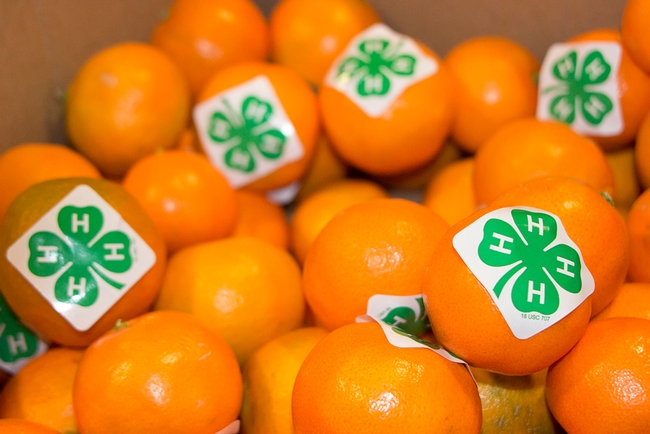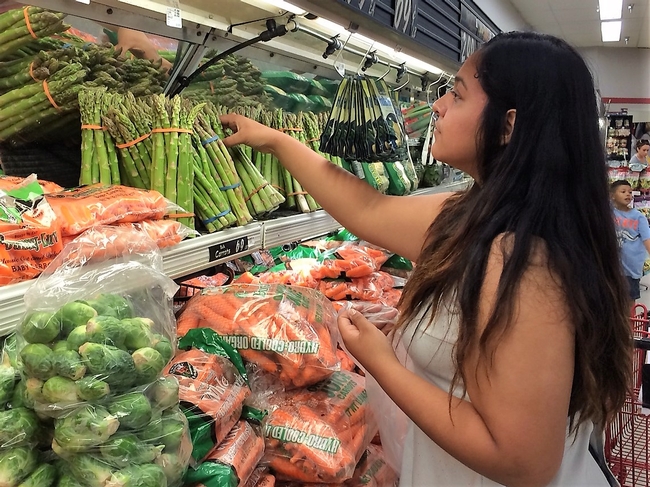Grocery shopping can be the most anticipated or the most dreaded necessity of daily life. A trip to the market can end with a smile over the thrill of victory from finding great bargains or end with a frown from the agony of defeat over budget anxieties. For most of us, budget is the primary factor in our food experiences. Low budget or no budget is often the culprit that leads to unhealthy food choices.

Food connections to local agriculture are highlighted through the partnership with the UC Kearney Agricultural Research and Extension Center. The center will host agriculture tours and family nutrition education activities at a Wellness Fair later this month to wrap up the program.
According to recent United States Department of Agriculture studies, nearly 16 million children live in households where they do not have consistent access to food throughout the year.
UC 4-H Food Smart Families empowers families through food knowledge and education to build sustainable solutions that confront food insecurity and improve health. Youth are engaged at a critical age for growing skills and establishing behaviors today that become sustainable, healthy habits for their families and communities tomorrow. Youth learn they can prepare food themselves and parents learn about working together as a family to plan healthy meals.

Thoughtful discussions, and sometimes passionate debates, ranging from whole grain pasta versus whole wheat pasta to the tasty virtues of hummus, mixed with youthful laughter. The teens were pleasantly surprised to discover they had additional budget to spare. Return trips were made to the produce department for more fruit, vegetables and even hummus.
Comments from the teens told the story of their success. “Now I know what my mom has to go through when she's shopping for food,” and “Look at my cart. Food Smart Families is really influencing me!” Who knew grocery shopping could be so much fun?
The USDA Center for Nutrition Policy and Promotion offers these 10 tips for affordable vegetables and fruits:
• Use fresh vegetables and fruits that are in season.
• Check your local newspaper, online and at the store for sales, coupons and specials.
• Plan out your meals ahead of time and make a grocery list.
• Compare the price and number of servings from fresh, canned and frozen forms of the same vegetable or fruit.
• Buy small amounts more often to ensure you can eat the foods without throwing any away.
• For fresh vegetables or fruits you use often, a large size bag is the better buy.
• Opt for store brands when possible.
• Buy vegetables and fruits in their simplest form.
• Start a garden for fresh, inexpensive, flavorful additions to meals.
• Prepare and freeze vegetable soups, stews or other dishes in advance.